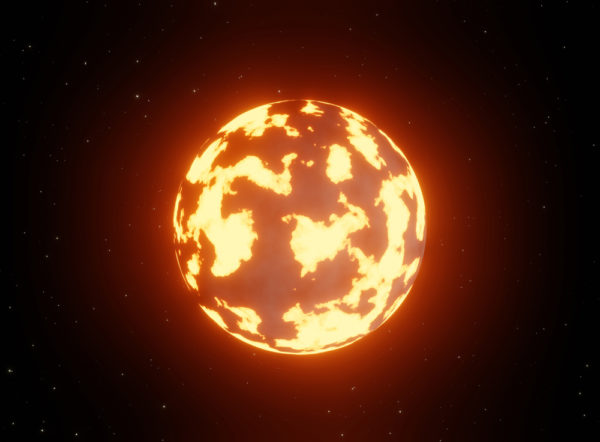Scientists studying a distant “hell planet” where clouds rain lava, the oceans are molten and the core is filled with diamonds have found that the nightmarish planet wasn’t always so bad; but it became infernally hot after being yanked closer to its sun.
The planet, classified as 55 Cancri e, is nicknamed “Janssen” after Zacharias Janssen, a Dutch spectacle-maker who is dubiously attributed with the invention of the first optical telescope. The a rocky world, 40 light-years away from us, orbits its star Copernicus 70 times closer than Earth orbits the sun — meaning one of its years lasts just 18 hours.
But Janssen may not have always been this way, a new orbital analysis published Dec. 8 in the journal Nature Astronomy (opens in new tab) revealed. The planet orbits Copernicus, itself part of a binary pair with a red dwarf star, alongside four other planets; and while it was always hot, the planet may have only gained its hellish conditions after being reeled in toward its star’s equator following shifts in the gravity felt from Copernicus, the red dwarf and Janssen’s sister planets.
“Writer Fuel” is a series of cool real-world stories that might inspire your little writer heart. Check out our Writer Fuel page on the LimFic blog for more inspiration.


